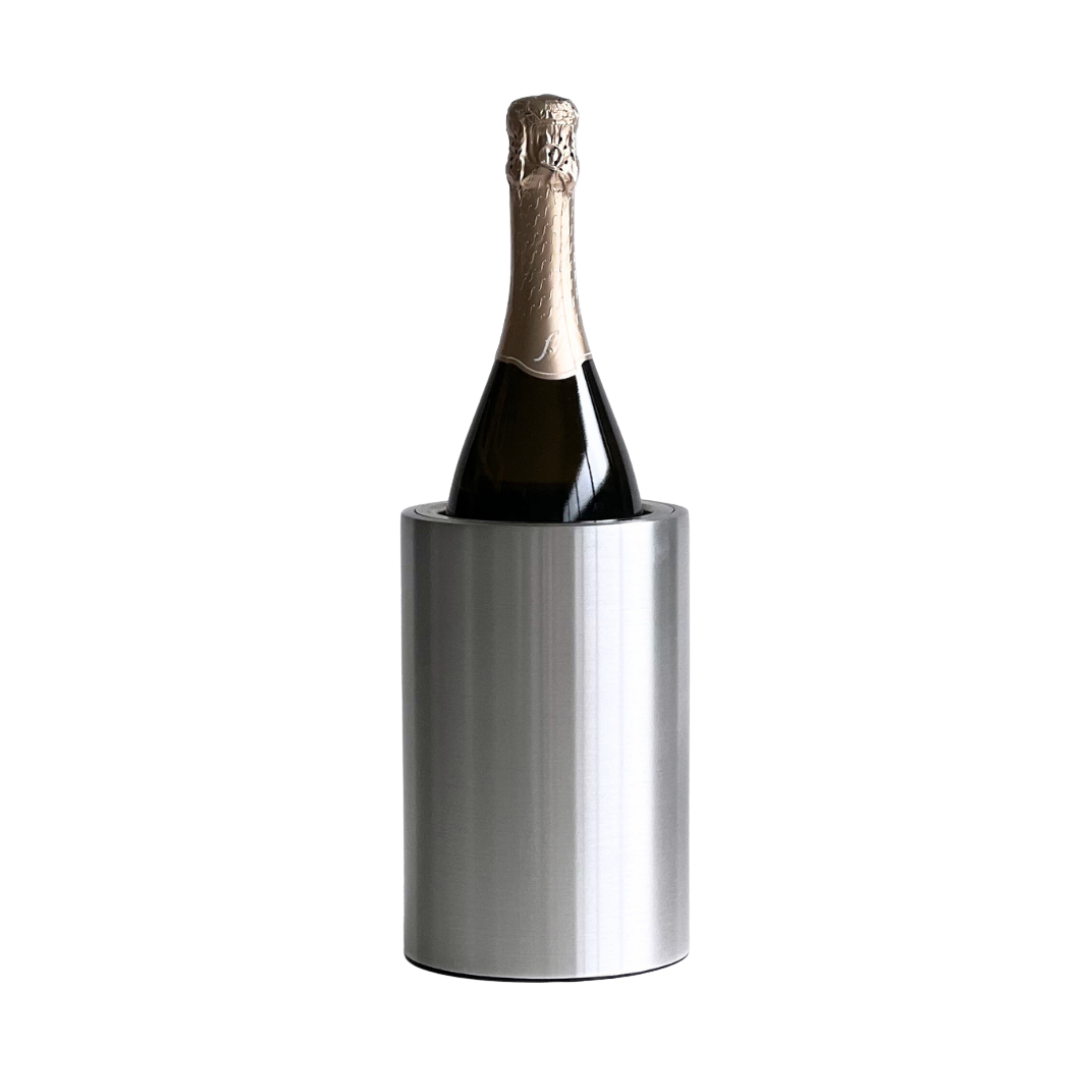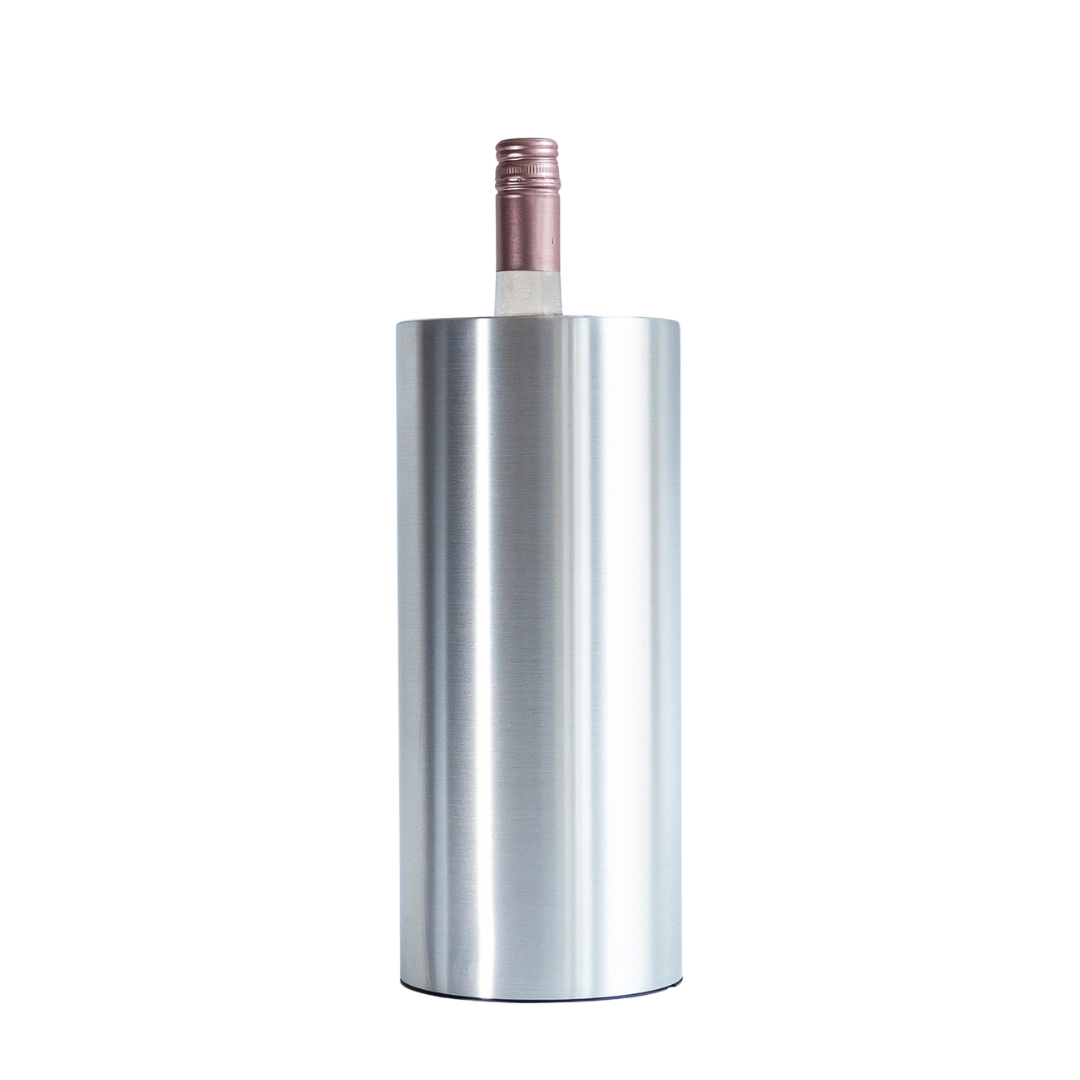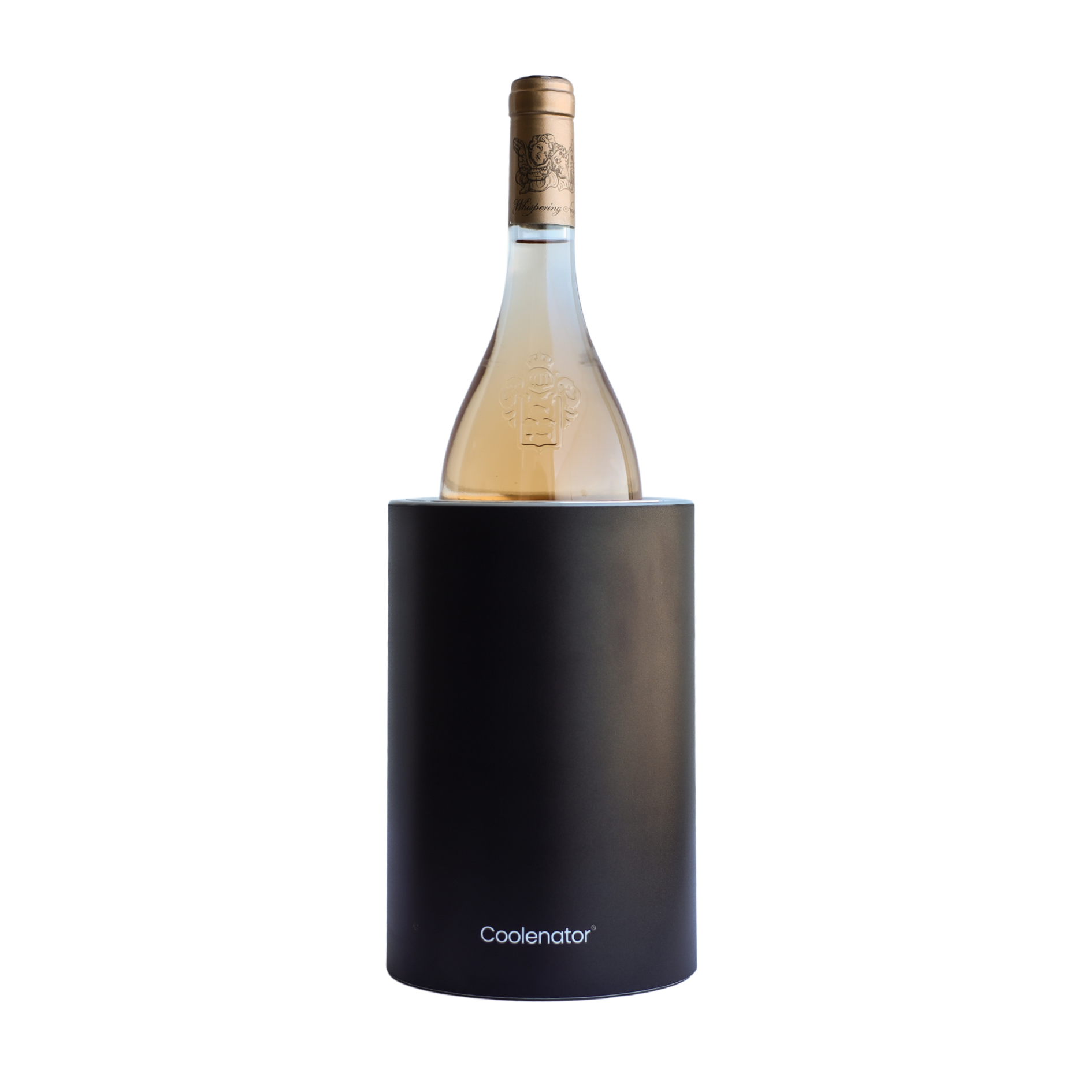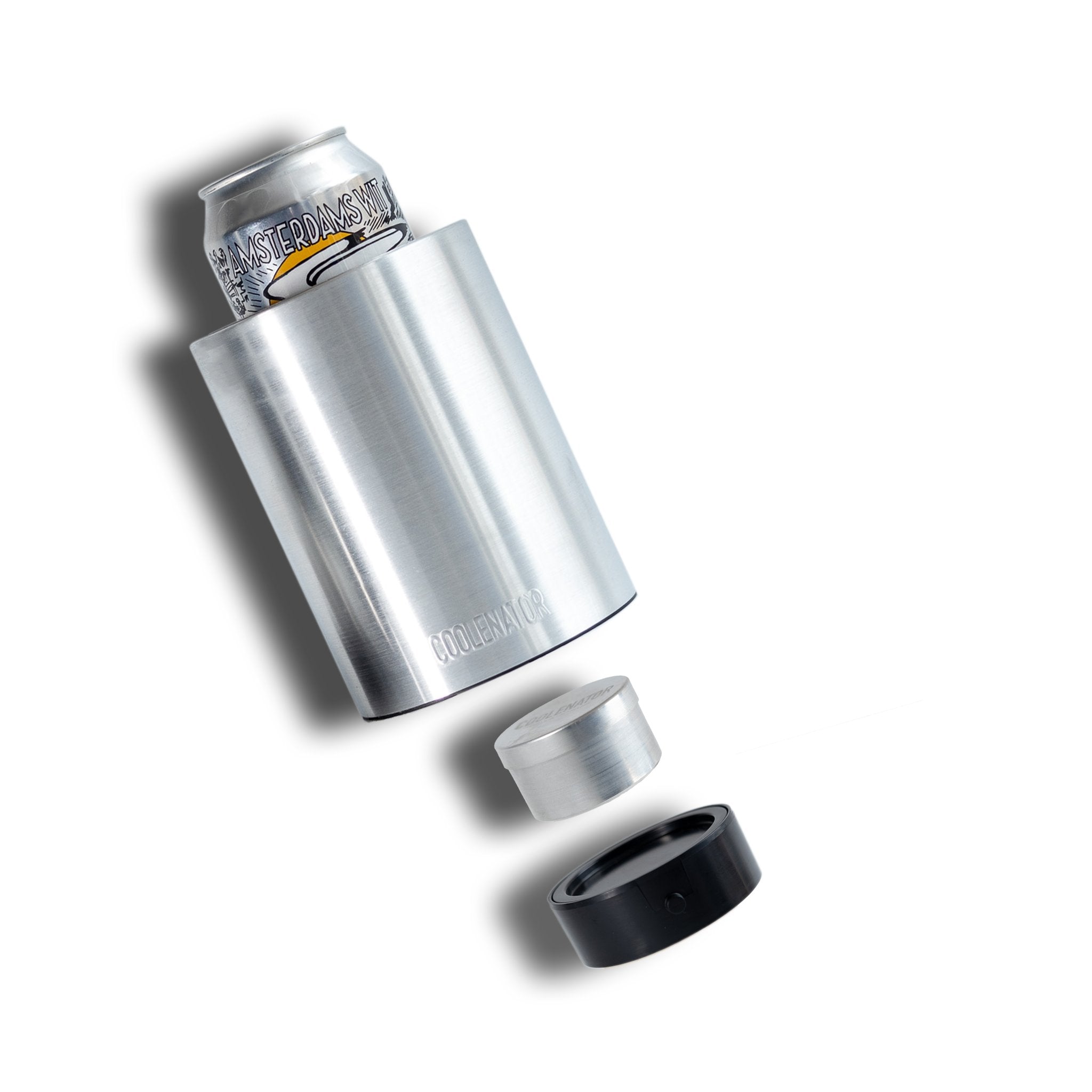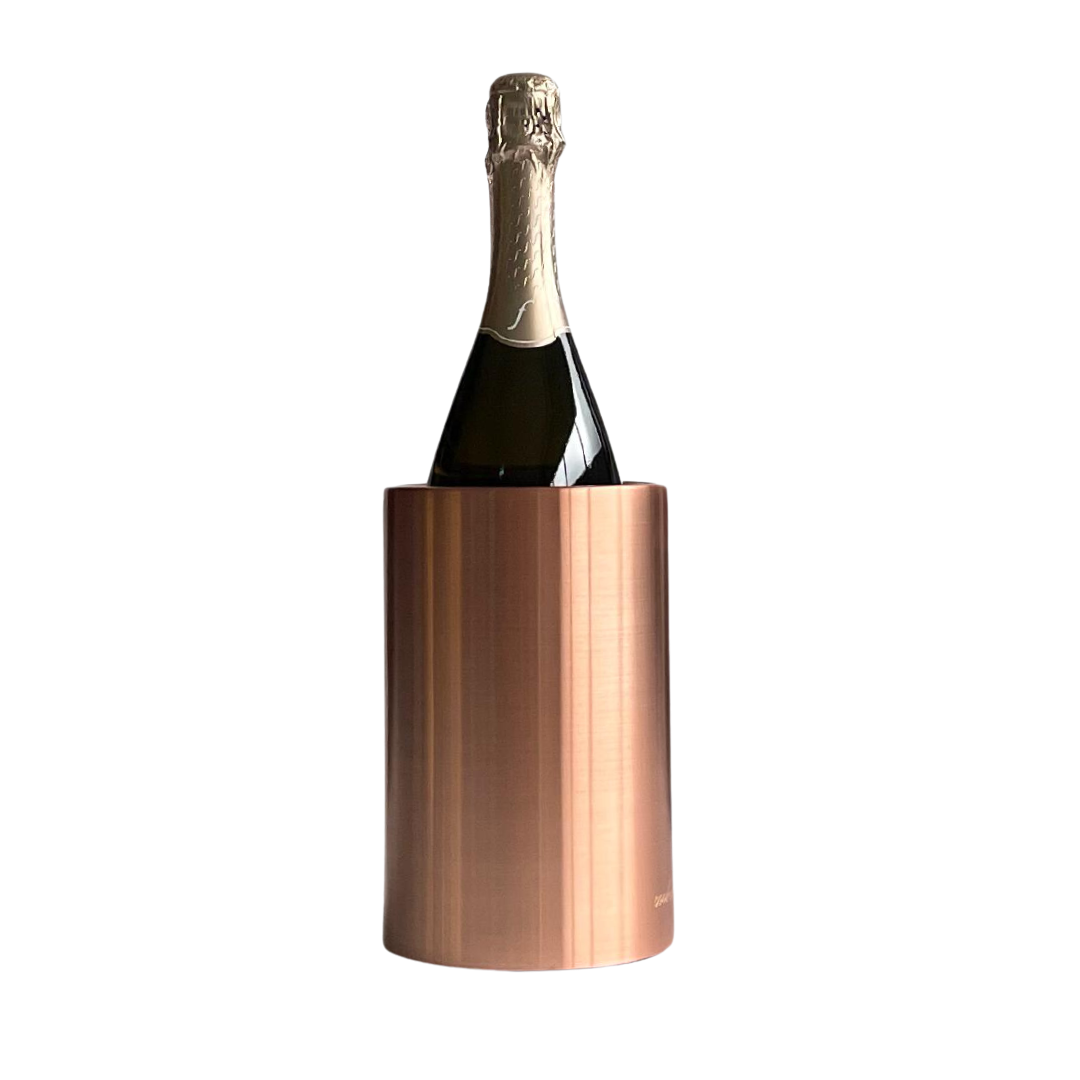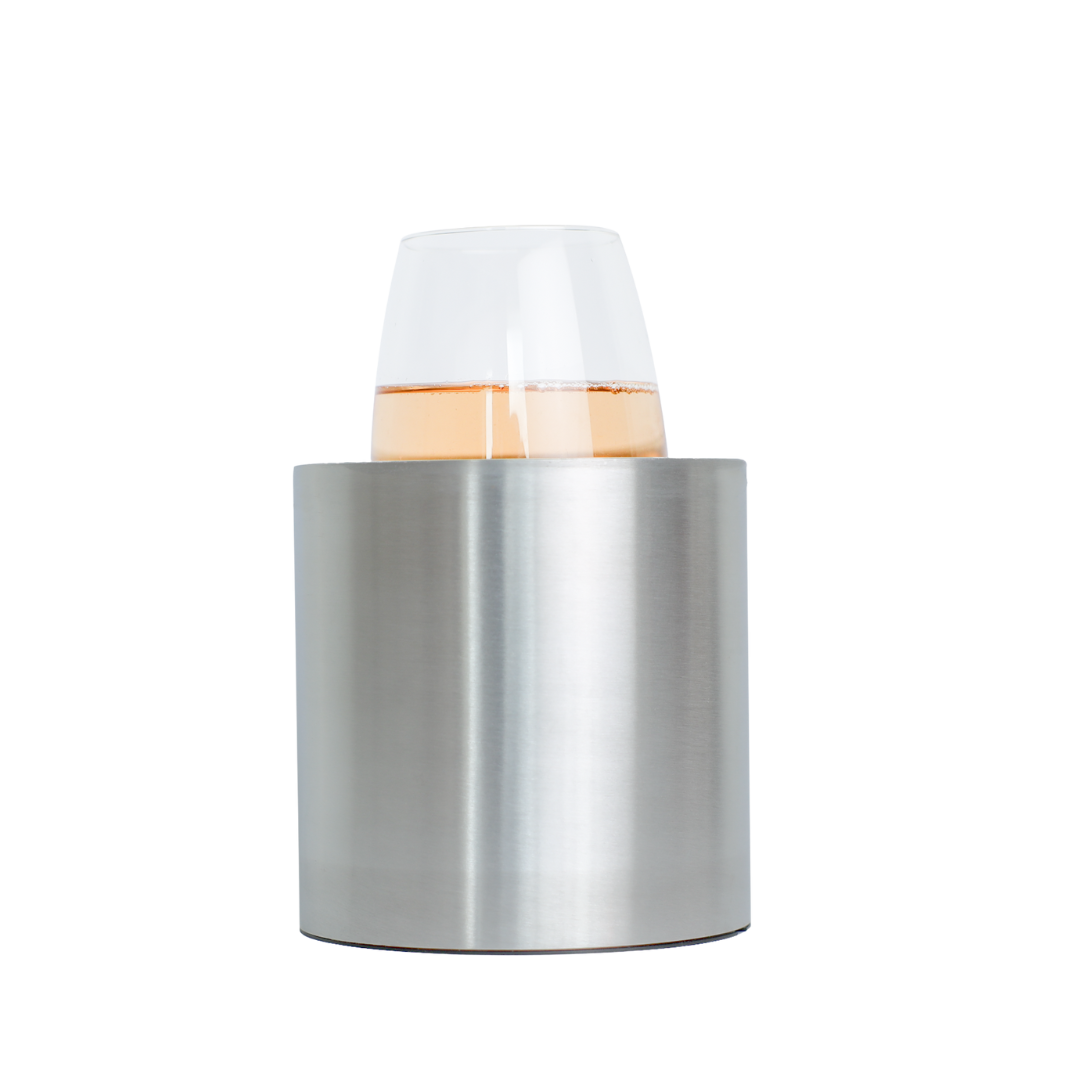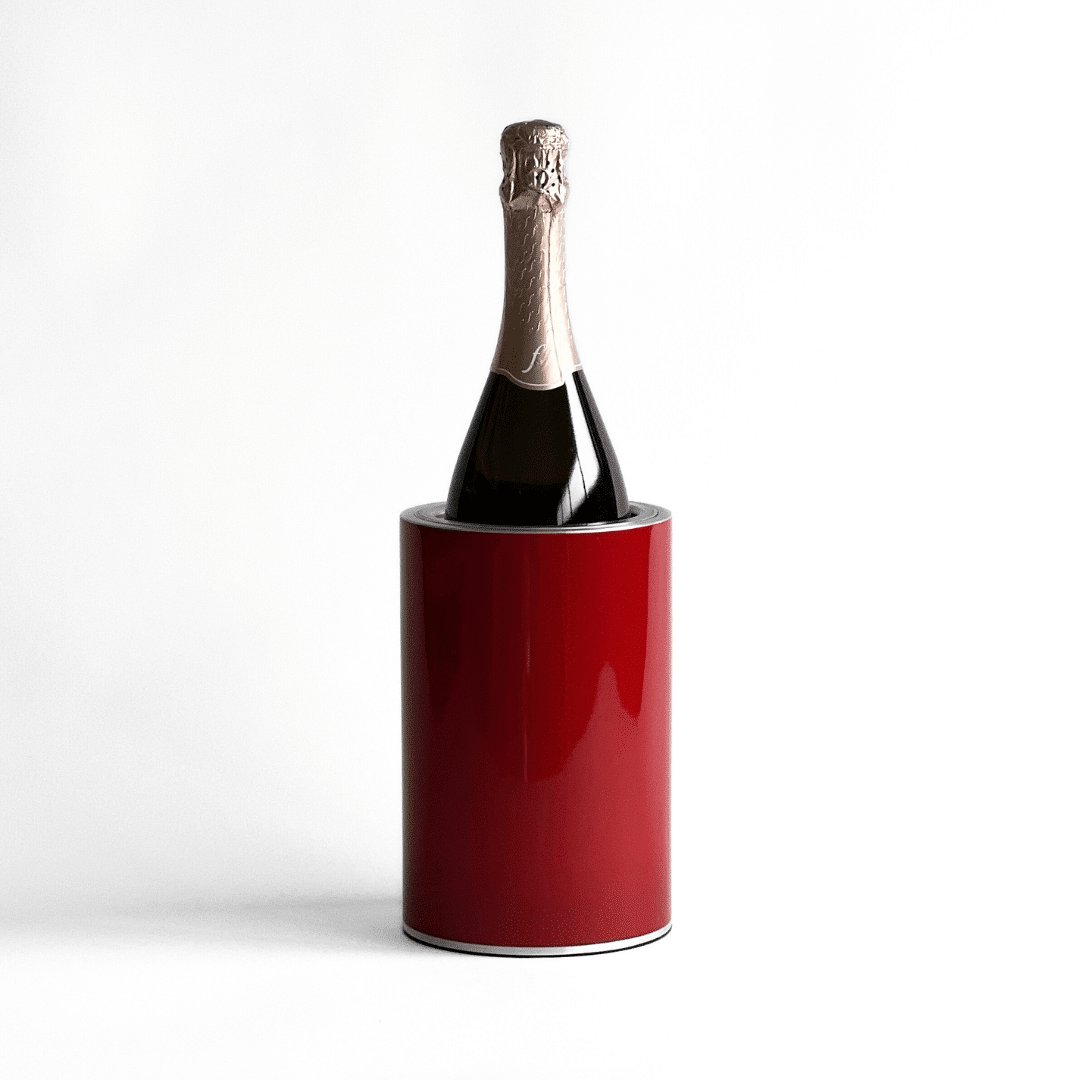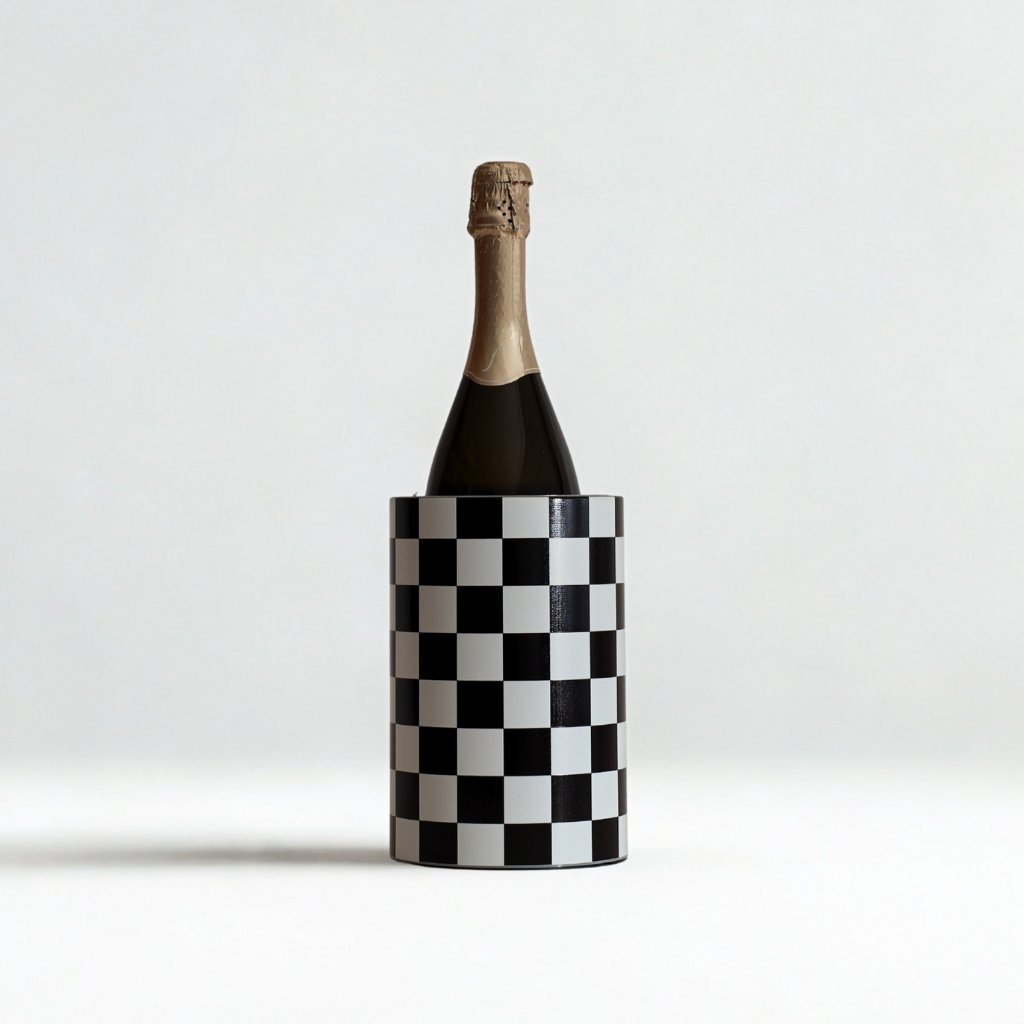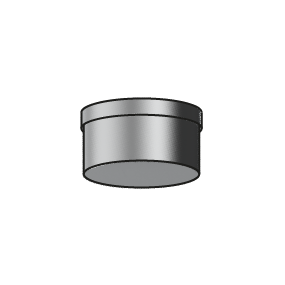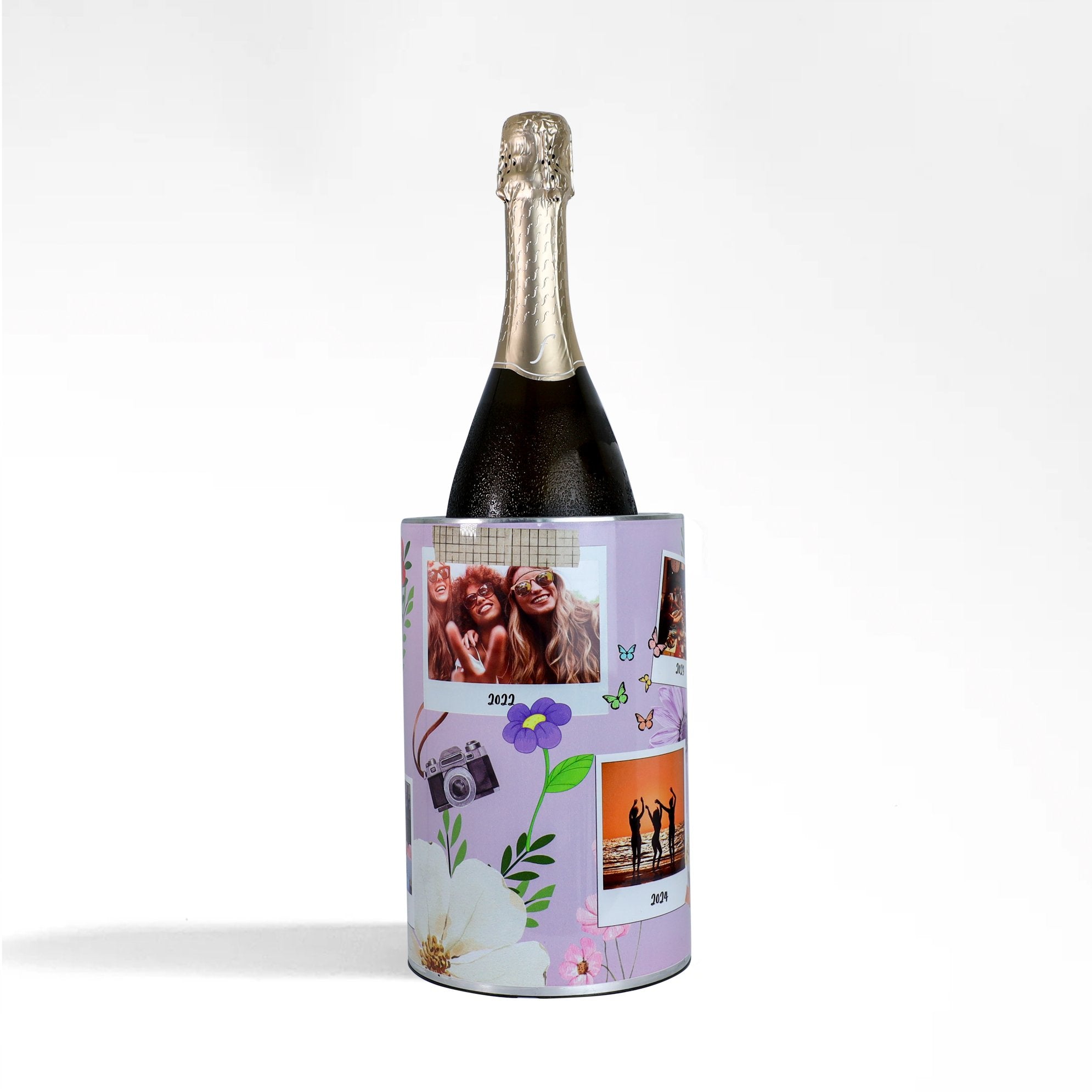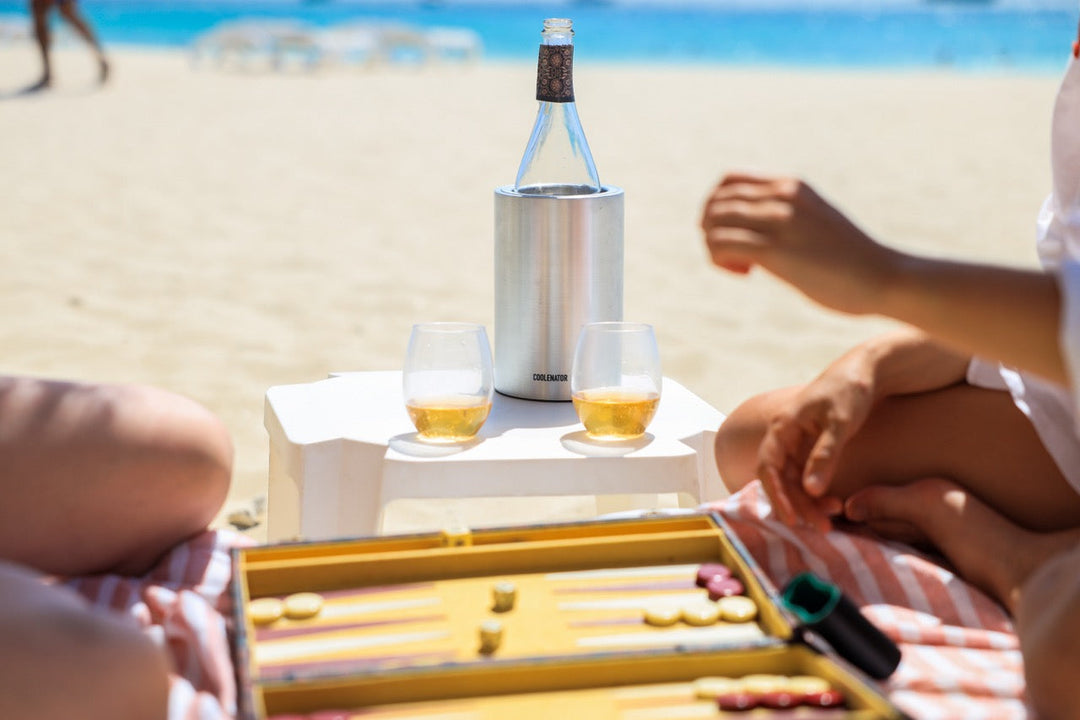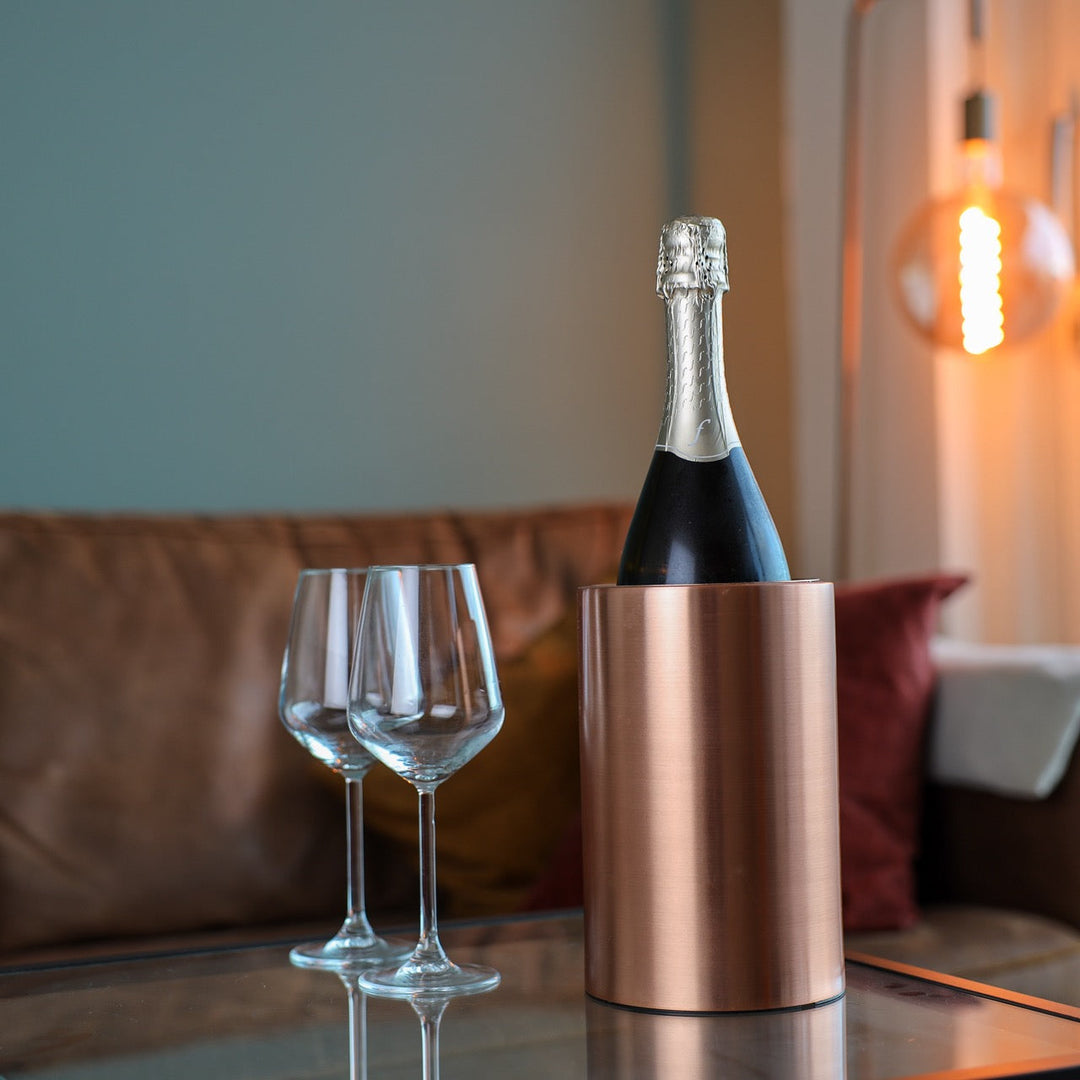Wine lovers are shifting their habits in 2025. While rich, high-alcohol wines will always have a place, more and more consumers are leaning into low-alcohol wines under 11.5% ABV, and not just for health reasons. These wines are increasingly seen as refreshing, balanced, and versatile, perfect for modern lifestyles that prioritize mindfulness, moderation, and enjoyment over excess.
In this article, we dive into what’s driving the rise of low-alcohol wines, what types to look out for, and how to enjoy them at their best (hint: chilling plays a big role). Whether you're a curious wine drinker, a mindful consumer, or just someone looking to switch things up, low-alcohol wines might be your new go-to.
What Defines a Low‑Alcohol Wine?
Generally speaking, low-alcohol wines contain less than 11.5% alcohol by volume (ABV). Some even dip below 10%, depending on the style and grape variety. For comparison, a standard glass of wine usually sits between 12.5% and 14.5% ABV.
Wines under 11.5% often feel lighter, crisper, and more drinkable, especially in warm weather or during the day. They're perfect for those moments when you want to enjoy wine without the heavy hit.
Why Low‑Alcohol Wines Are Trending in 2025
1. Mindful Drinking Culture
Consumers today are increasingly health-aware and conscious of what they consume. The rise of movements like “Sober Curious,” “Dry January,” and “Moderate Drinking” has opened up space for wines that fit a lifestyle of balance. According to IWSR (International Wines and Spirits Record), low- and no-alcohol wine consumption is projected to grow by over 20% between 2023 and 2026.
Low-alcohol wine lets people join the party without overindulging, making it ideal for weekday dinners, daytime events, or long social gatherings.
2. Food Pairing Versatility
Lighter wines tend to pair better with a broader range of foods, particularly lighter fare like seafood, salads, vegetarian dishes, and spicy cuisines. Their higher acidity and lower alcohol content enhance the dining experience without overwhelming the food.
3. Climate and Lifestyle Factors
Warmer temperatures, both indoors and out, make heavier wines less appealing. As people embrace outdoor dining, beach days, and backyard gatherings, they naturally reach for lighter, cooler, and more sessionable options. That’s where low-alcohol wines really shine.
And with the rise of portable, stylish wine accessories like the Coolenator, which keeps bottles perfectly chilled for hours, it's easier than ever to enjoy these wines outdoors or on the go.
Types of Low‑Alcohol Wines to Try
Some wines are naturally lower in alcohol due to their grape variety, production methods, or regional style. Here are a few to explore:
1. Moscato d’Asti (Italy)
ABV: ~5–6%
This lightly sparkling, sweet white wine from Piedmont is low in alcohol and high in aromatics. Expect notes of peach, orange blossom, and honey. It's fantastic with fruit-based desserts, brunch, or spicy Asian dishes.
2. Vinho Verde (Portugal)
ABV: ~9–11%
Vinho Verde is fresh, zippy, and slightly effervescent. With green apple, lime, and floral tones, it’s a great summer white and perfect with seafood or grilled vegetables. Bonus: it’s affordable and widely available.
3. German Kabinett Riesling (Germany)
ABV: ~8–10%
Germany’s Riesling wines are legendary, and the Kabinett classification often means a light, off-dry style with beautifully balanced acidity. Pair with spicy Thai or Indian food, sushi, or even salty snacks.
4. Beaujolais (France)
ABV: ~10.5–11.5%
Made from the Gamay grape, Beaujolais wines are light, juicy reds that are often served chilled. Think cranberry, raspberry, and fresh herbs, ideal for picnics, grilled chicken, or charcuterie boards. Chill it slightly and serve from a Coolenator to keep it cool all evening long.
5. Lambrusco (Italy)
ABV: ~10.5–11%
Forget what you think you know, modern Lambrusco is dry, bubbly, and food-friendly. With dark berry notes and lively acidity, it’s a perfect red for chilling and enjoying with pizza, cheese boards, or prosciutto.
6. Clairette, Picpoul, or Low-Intervention Wines
Many new-wave winemakers are embracing low-intervention, naturally low-alcohol styles made from lesser-known grapes like Clairette or Picpoul. These often clock in below 11% and offer unique flavors with a fresh edge.
How to Enjoy Low‑Alcohol Wines at Their Best
Because low-alcohol wines are lighter in body and structure, serving them at the right temperature is key. Most shine when slightly chilled, yes, even the reds.
Here’s a quick guide:
-
White & Sparkling: 8–10°C
-
Rosé & Light Reds: 10–13°C
Use a Coolenator to maintain the perfect serving temperature while you sip. Unlike an ice bucket, it doesn’t dilute or drip, and its modern design fits beautifully on any table, indoors or out.
Another pro tip: try smaller pours in lighter glassware. This not only enhances aroma and flavor but also aligns with the spirit of moderation.
Trends to Watch in 2025
1. Label Transparency
Consumers want to know what they’re drinking. Expect more wines to clearly state alcohol percentages on front labels, and for brands to market low-ABV options as a key selling point.
2. Sparkling and Canned Growth
Sparkling wines and canned formats are growing fast, especially in the low-alcohol category. These wines are perfect for outdoor occasions and feel casual yet elevated.
3. Tech-Driven Innovation
Wineries are using advanced winemaking techniques (like reverse osmosis or spinning cone technology) to reduce alcohol without compromising flavor. This means better-tasting low-alcohol wines are hitting the market every year.
4. Wellness-Centric Branding
In 2025, wine is not just about flavor—it’s about how it makes you feel. Expect more branding focused on lightness, clarity, and wellbeing, with packaging and messaging that speaks directly to modern, health-conscious consumers.
Final Thoughts
Low-alcohol wines under 11.5% ABV are no longer niche, they're a fast-growing segment of the wine world, offering delicious, easy-to-enjoy bottles for any occasion. Whether you're looking for a beach-friendly white, a chilled red for a barbecue, or a weekday sip that won’t slow you down, the options are better than ever.
Pair your favorite low-alcohol wine with seasonal dishes, drink mindfully, and keep it cool with the right accessories like the Coolenator, your stylish ally for chilled, relaxed wine moments.
Low alcohol, high enjoyment, that’s the 2025 wine vibe.




